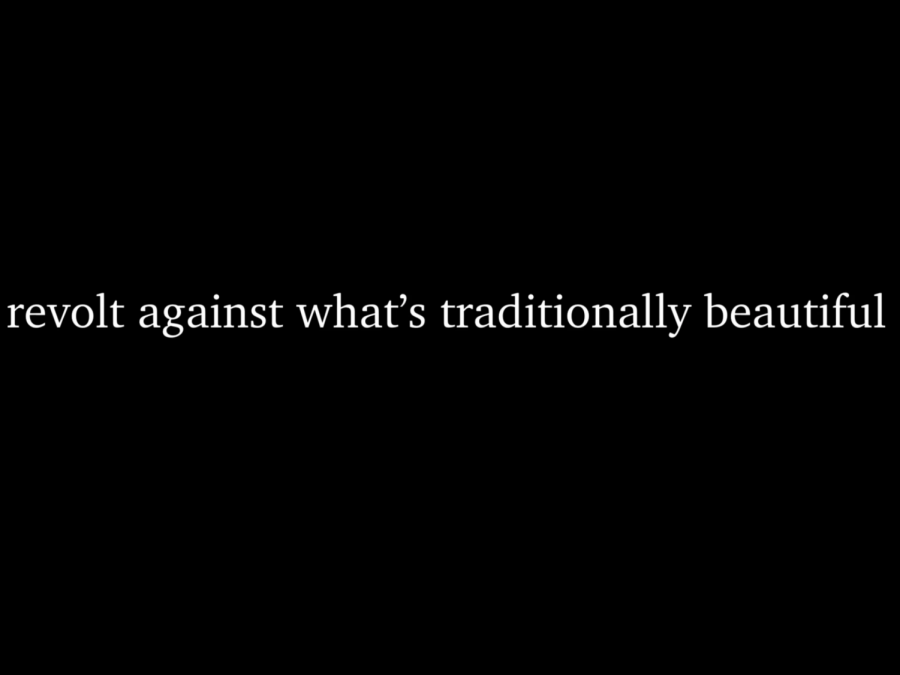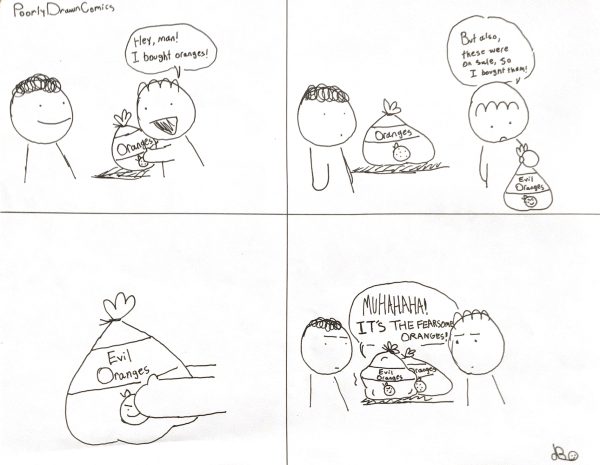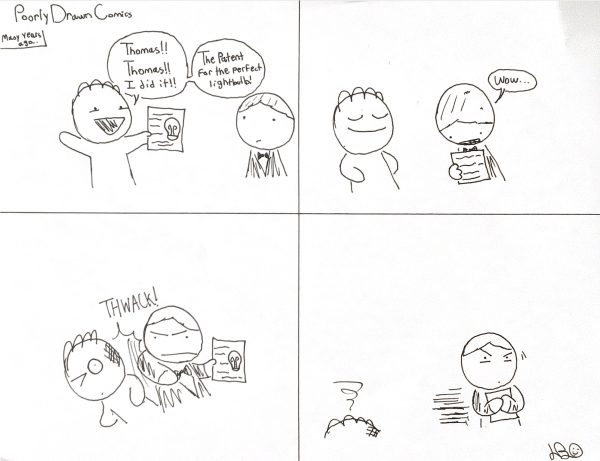An unrealistic idealism of beauty is restricting individuals from being authentically themselves
Nov 27, 2019
Ever-changing, beauty’s definition is portrayed differently throughout time by various people. Because beauty is a subjective idea, there are disputes about what beauty is and how it should be approached.
Various definitions of beauty are ubiquitous on the internet. One definition from New Oxford American Dictionary includes “a combination of qualities, such as shape, color, or form, that pleases the aesthetic senses, especially the sight”, while Macmillan Dictionary depicts beauty as “the quality of being beautiful or very good to look at”.
WMS eighth grader, Gabriella Lugo explained her own interpretation, “My definition of beauty is the way someone acts and feels inside. Their internal thoughts and opinions, not physically.” Although her meaning differentiates from the ones on the internet, Gianna Graffeo-Seda conveyed a similar thought, saying that one is beautiful when they are “a genuinely good person.” However, Andrew Jones believes outside beauty is real. He combines both the ideas of the dictionaries and the students, “I am being honest with myself. I think it’s a mixture of both; physical and mental traits. I know a lot of people say it’s completely inner when they don’t really believe that.”
Graffeo-Seda commented, “I think confidence affects beauty, because if you’re confident it makes you feel better and others see you as an inspiration to be more confident in themselves.” Riley Volpe believes, “Confidence has a big part in it, and it’s good to feel confident,” she explained, “sometimes you really don’t need someone to make you feel confident. At some points, yes you do; sometimes it’s a matter of fact you do, but not all the time. I think young girls should know that. If you like your outfit, it [only] matters what you like.”
Beauty seems to be perceived in a myriad of ways, by different people. Even different dictionaries have contrasting definitions. Overall, beauty seems to be internal and external, although most believe internal is more important.
Out of five WMS students, all of them illustrated that beauty standards are real. “People expect for you to look a certain way,” commented one student. Jones explained the struggles of standards, “It just makes people not confidentce in themselves.”
Beauty standards often restrict body type, gender, race, etc. Jones believes these qualities can factor into beauty, although they don’t have to. On the other hand Graffeo-Seda said it doesn’t matter “at all”.
Graffeo-Seda reveals, “Especially on social media, women are expected to be really thin or really curvy; men are expected to be buff.” She explains how it happens in school too, “those standards is what makes us bully each other.” Similar to Graffeo-Seda, Lugo thinks beauty is influenced by social media powers. She says how social media claims inner beauty is important, while they really focus on the women with the thin body, and the muscular man. Opinions by these students, help people understand that social media does perpetuate standards.
However, is social media the progenitor of all standards? No, it isn’t. It is just another outlet to express these standards. Even before social media, industries like modeling conveyed beauty standards. Throughout time, they are different ways to illustrate beauty standards. Trends are constant. Each time period has new trends. In the fifties, it was expected of women to wear full tailored skirts. In the sixties, it was all about mod. Large eyelashes were praised due to the icon Twiggy, and it was expected for people to wear patterns. In the seventies, bell bottoms were extremely popular. In the eighties, it was all about bright colors. Beauty standards have existed for decades, but do they really belong here?
Lugo comments, “I think they do exist, but I don’t think they should.” No one interviewed thought that these standards are fair. Volpe adds, “At this point it’s like they think their eyes need to be certain colors, so they’ll go out and buy contacts.”
If beauty standards are such a large issue, what can be done to help the situation? Individuals can revolt beauty norms, and inspire others to do the same. Breaking the barriers of beauty allows everyone to be more authentically themselves. Informing others how standards are harmful is an effective way to help. This situation will never be solved unless people act.






Lila Ulmer • Dec 12, 2019 at 9:28 pm
amazing article and video! ღ
John Blackmore • Dec 11, 2019 at 8:16 am
It sounds to me like you are refer to beauty as conformity. Meaning people follow the trends of the time. Some trends can be positive, negative and neutral. It seems to me that the definition of beauty as being external has negative connotation in your article? Internal beauty is positive? If so than how can we as a school change the mindset of the student body? Can we do anything?